A back to wall freestanding bath combines the charm of a freestanding design with the practical advantage of fitting flush against a wall. This article will cover its benefits, popular styles, installation tips, and maintenance advice to help you choose the perfect bath for your bathroom.
What is a back to wall freestanding bath?

Back to Wall Freestanding Bath
This type of bath features a single straight edge, designed to sit against a wall, maximising the use of available space. It combines the stylish look of traditional freestanding tubs with the convenience of wall placement, which is ideal for modern bathrooms.
Think of a freestanding bath with the space-saving benefits of wall mounting. This design opens up the surrounding area, perfect for smaller bathrooms or corner baths.
It’s the best of both worlds: style and efficiency. Whether your bathroom is big or small, this bath will fit into many layouts and is a luxurious, practical bathing option.
Benefits of this bath style
One of the main benefits is space efficiency. One flat side fits against the wall, and these baths save space without sacrificing style. Great for those who want to indulge in a luxurious soak in smaller bathrooms or corner baths.

They are designed to be flexible and will fit into many bathroom layouts:
- Modern and traditional styles
-
Rectangular and oval shapes to suit your taste
- Curved models add a soft touch to classic and contemporary bathrooms.
Additionally, they have easy access from multiple sides, making them user-friendly for families and those with mobility needs. So, the bathing experience is even more comfortable and practical.
And beyond practicality, these baths are luxurious. The freestanding style, with wall mounting, allows you to enjoy a spa-like experience at home without occupying much space.
Popular styles and designs
A range of styles in back-to-wall baths provides customers with numerous options for their bathroom. If you are looking for a modern shape or a traditional tub with special decorations? You’ll find what you need. For minimalist bathrooms, a rectangular design with clean, straight edges is often the most visually appealing.

1700 Freestanding Stone Bath
A classic yet gentle appearance is what oval shapes bring to your traditional home decor.
Double-ended baths, which allow taps to be placed in the middle, are great for shared bathing experiences. D-shaped tubs combine modern aesthetics with space-saving benefits, making them perfect for today’s bathroom layouts.
With such a variety, you can find a bath that perfectly fits your space and style.
Materials and finishes
The material choice affects durability and style. Acrylic is standard for these baths because it’s lightweight, non-porous, and easy to clean, making maintenance simple.
Stone resin baths offer a more luxurious feel akin to soaking in a spa. They are durable and often resemble natural stone. Available in glossy or matte finishes, they can be customised to match your bathroom’s style. Some freestanding baths even come in colours beyond classic black and white, adding design flexibility.
One notable example is the Baulane luxury bath, crafted with Baustone™ by BAULANE®. This innovative stone resin material blends natural minerals, including aluminium trihydrate (ATH), with high-quality mineral composites. The formulation integrates premium, eco-friendly resins with minimal acrylic polymers and high-purity polyester, resulting in a hypoallergenic material of superior durability and resilience. This represents a significant advancement in solid surface material science, offering both luxury and lasting quality.

Freestanding Stone Bath
Most bath waste systems, made from brass and stainless steel, are chosen to prevent corrosion and increase their lifespan. Making the right material selection guarantees your bath will remain attractive and practical.
Choosing the right taps
Using taps that complement your bath allows them to perform their functions effectively and look great. Depending on your bathroom layout and personal preference, these baths are available with taps mounted on the wall, on the deck, or the floor.
Deck-mounted taps must be fixed to the bath and need a generous edge around them. Wall-mounted taps create a clean look by hiding plumbing inside the wall, but they need the tub to be positioned close to the wall. Floor-standing taps make a bold statement and offer flexible placement but may require additional plumbing work.
Considering these options helps ensure your bath is both practical and stylish.
Compatible waste systems
Choosing the right waste system is essential for proper drainage and ease of use. Freeflow bath wastes are popular because they continuously drain excess water, preventing overflow without manual effort.
Bath wastes with overflow fillers serve two purposes: filling the bath and preventing spills, contributing to a tidy bathroom appearance. In the UK, most bath waste fittings are standard 1½-inch size, compatible with many tubs.
Selecting the right waste system ensures your bath functions properly and complements your bathroom’s aesthetic.
Installation tips
Installing a back-to-wall freestanding bath is usually straightforward and doesn’t require significant remodelling. Start by marking the bath’s footprint on the floor to ensure accurate positioning.
Freestanding taps allow flexible placement, but consider:
- Additional plumbing if taps don’t align with existing pipes
- Filling the bath halfway and testing the waste for leaks after installation
- Regularly checking the tub’s base for leaks to prevent water damage
Following these steps helps ensure that your bath is installed correctly and ready for use.
Maintaining your bath
Some retailers provide free shipping or installation services, adding extra value. Visiting showrooms allows you to see and feel the baths before making a purchase, which can be helpful.

When purchasing, check product details, warranty information, and customer reviews to make the best choice. With the proper bath, you’ll enjoy a luxurious soak in your bathroom retreat for years to come.
Frequently Asked Questions (FAQ)
Q1: What is a back to wall freestanding bath?
A back to wall freestanding bath has one flat side that sits against a wall, combining the look of a freestanding tub with space-saving benefits.
Q2: Are these baths suitable for smaller bathrooms?
Yes, they are ideal for smaller bathrooms and compact corner baths, maximising space without losing style or comfort.
Q3: What types of water control are available with these styles of baths?
There are taps for mounting on the wall, on the floor or on the deck, depending on your bathroom design.
Q4: What sorts of materials are most often used in these baths?
Acrylic is favoured for being light to carry and easy to look after. The luxurious look and tough feel are both features of stone resin.
How can I maintain a clean bath?
After you’re finished, remove any remaining product, wipe off what’s left and clean with something simple and gentle. Negative surface marks are likely to form if you use acidic substances.
Is it possible to have two people in these baths together?
There are larger baths such as double-ended types, that provide enough room for two individuals.
How can I get my hands on back to wall freestanding baths?
They can be found at lots of places, in-store and online and come in styles and prices for everyone.
Q8: Do these baths come with waste systems?
Yes, compatible waste systems, such as free-flow and overflow wastes, are available and should match your bath’s design.
Q9: Are corner tub options available in this bath style?
Yes, many collections include offset and compact corner baths, providing a perfect solution for smaller spaces while maintaining style and luxury in your bathroom.


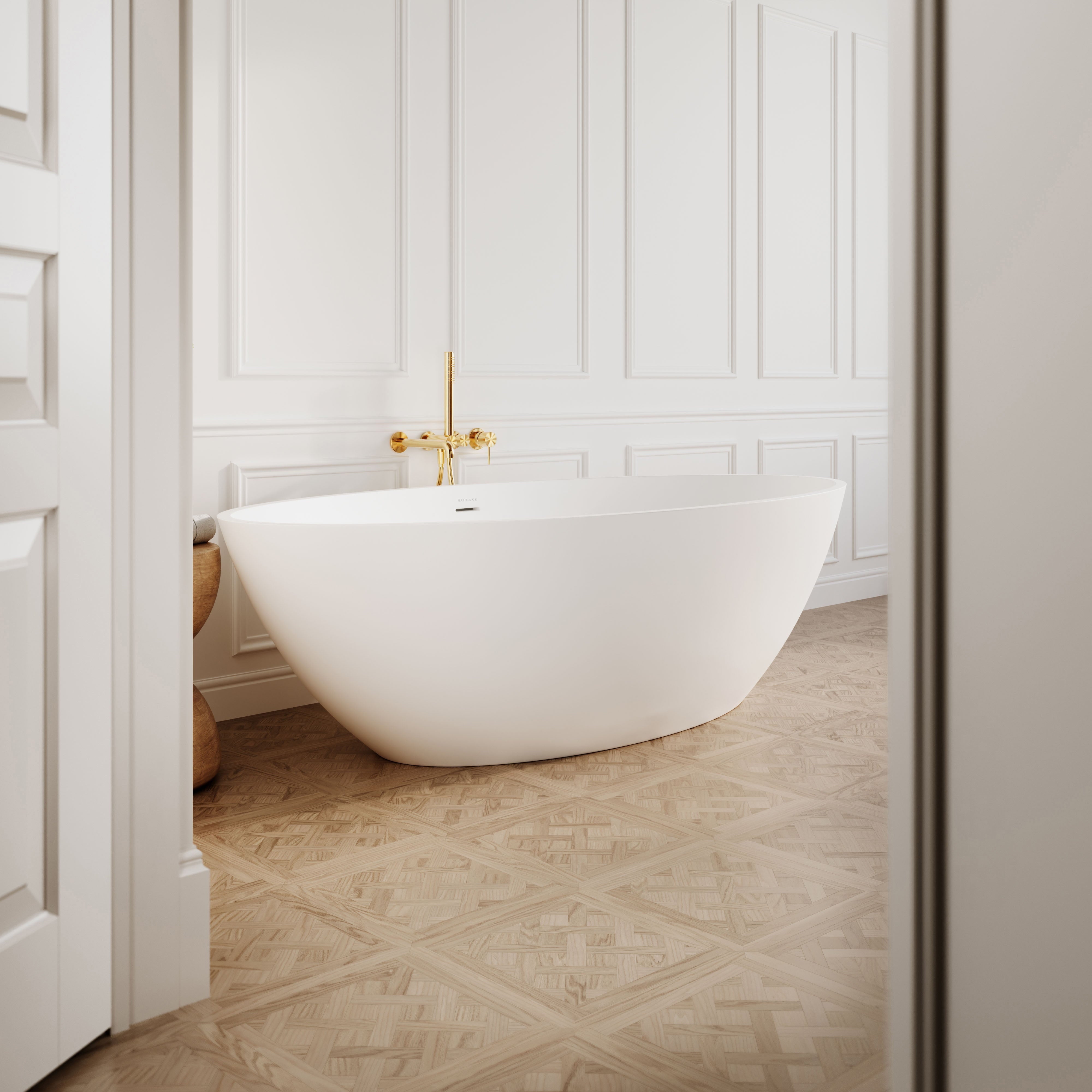
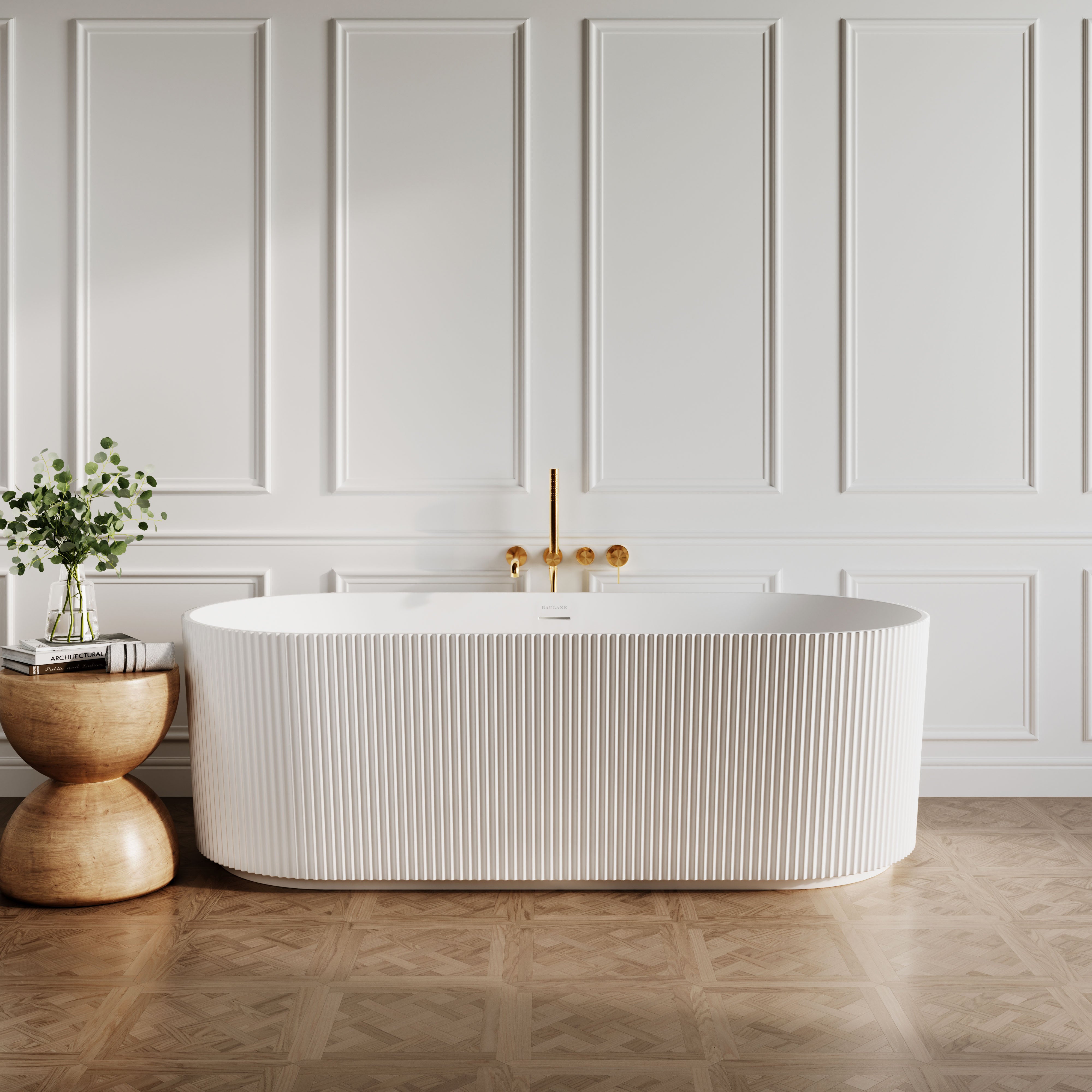
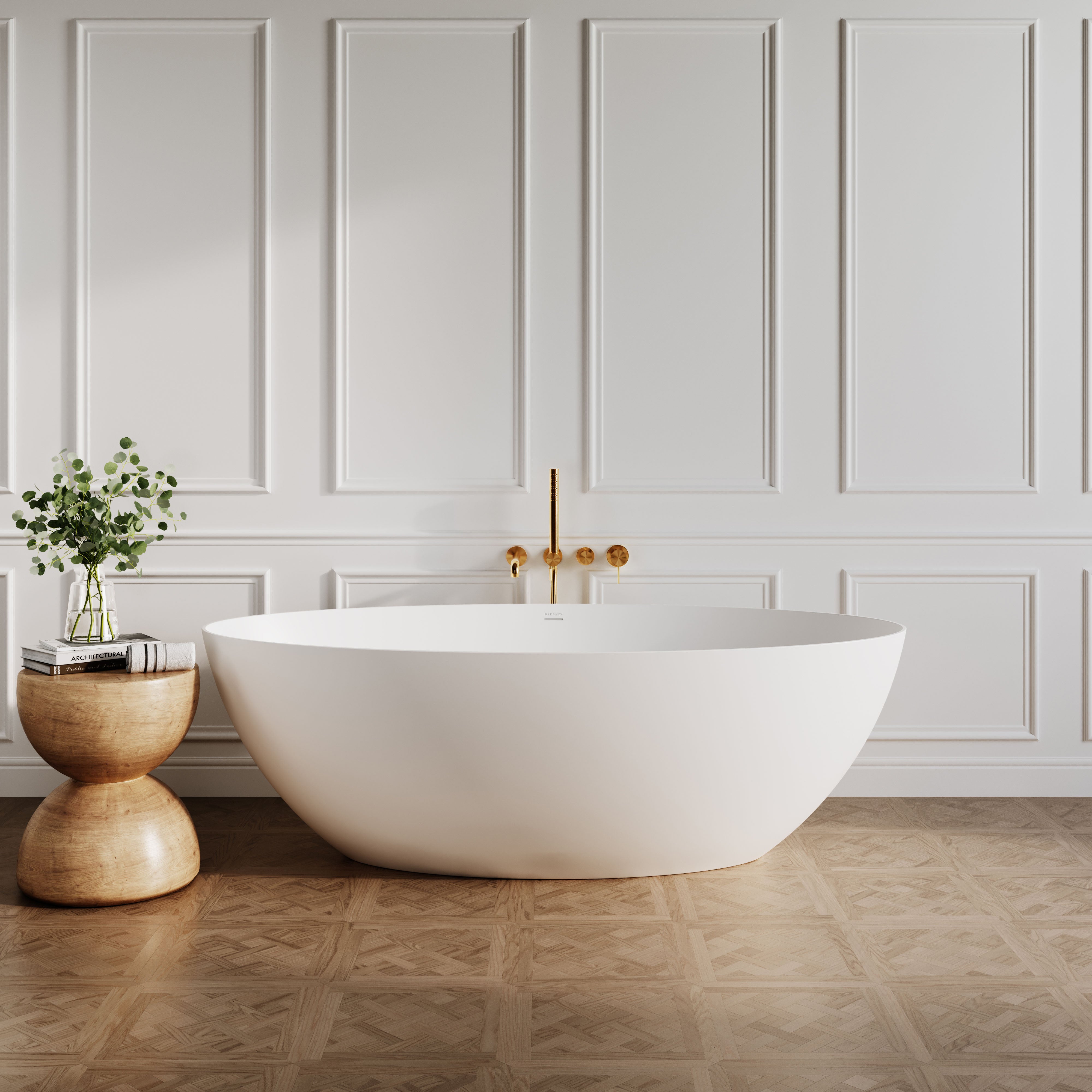

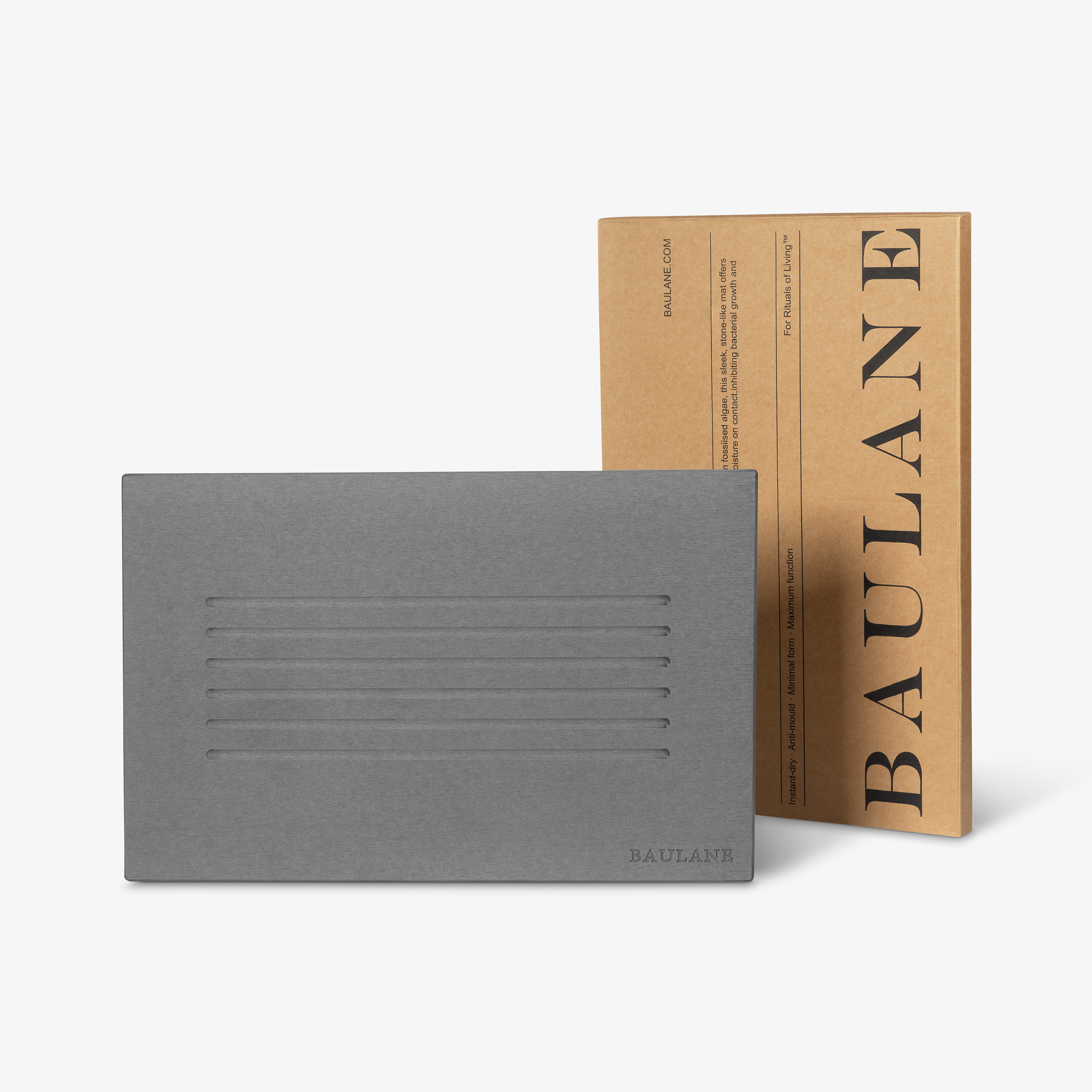

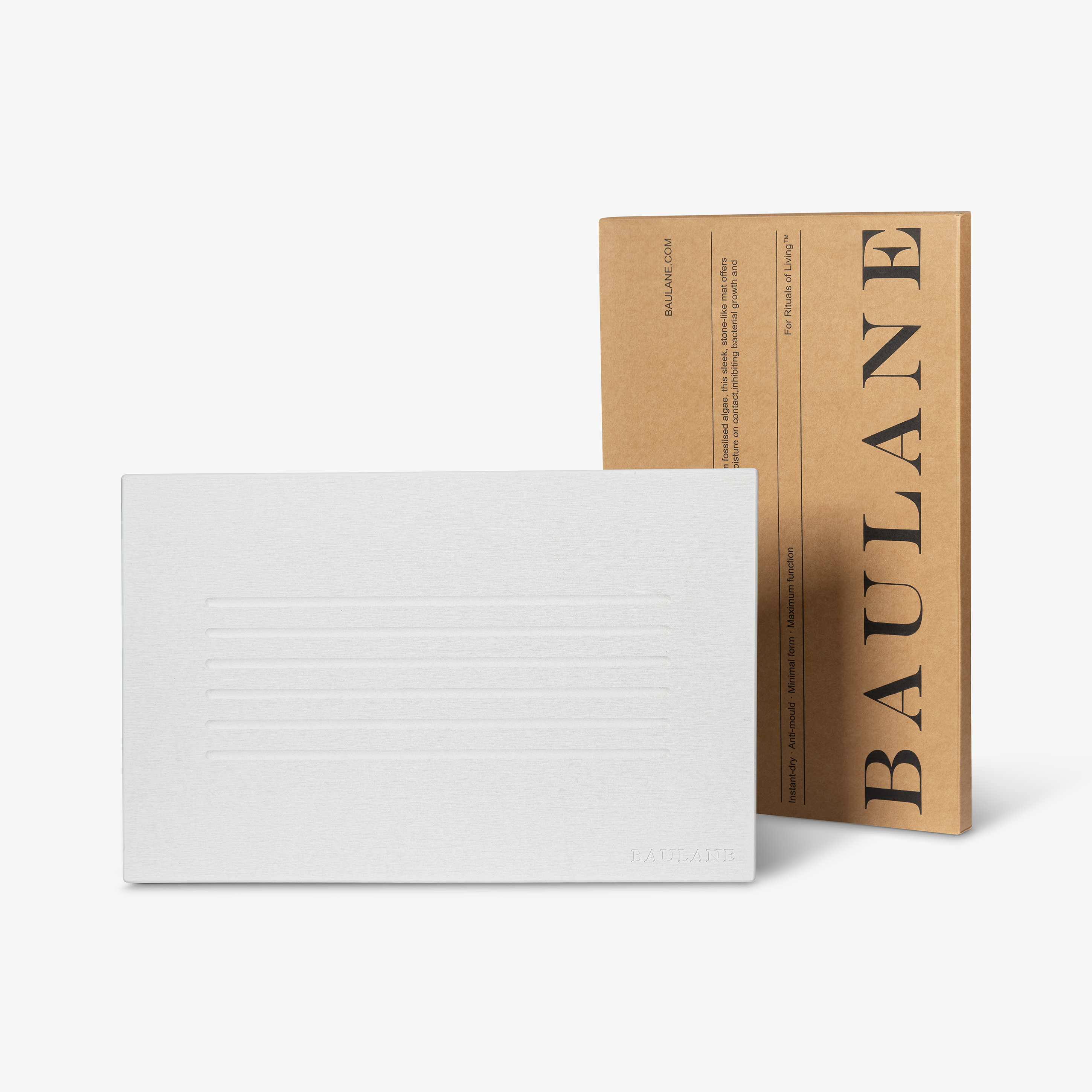
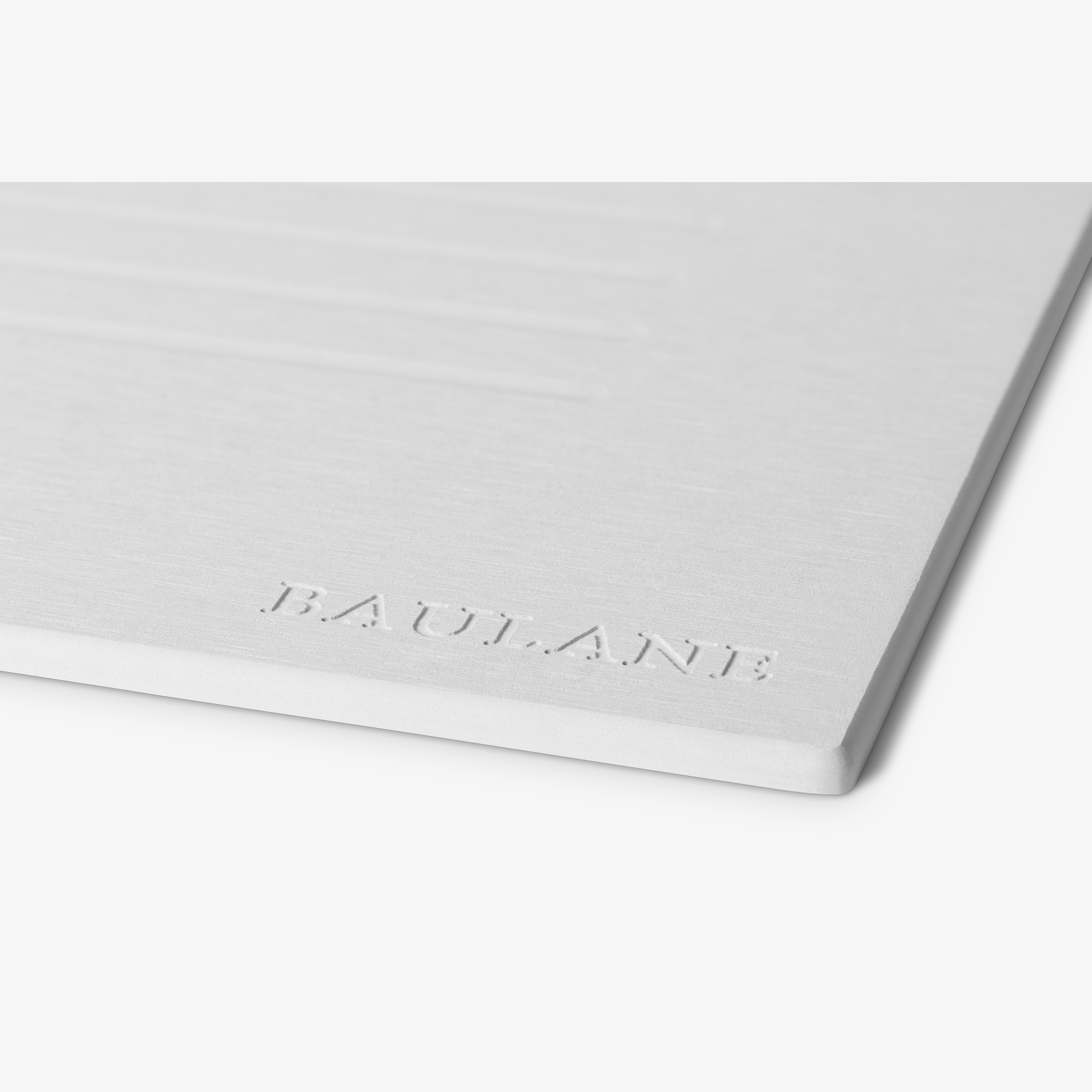
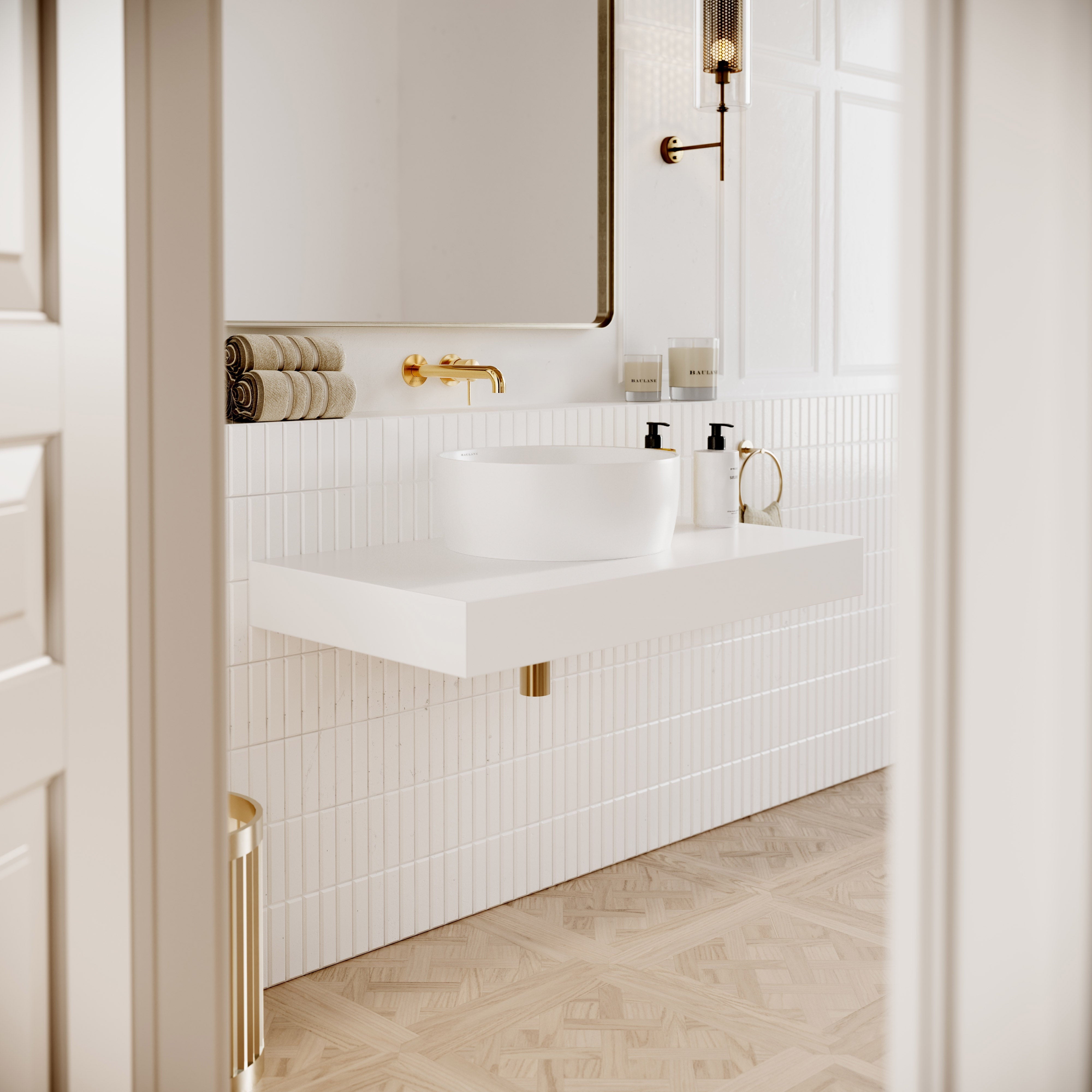
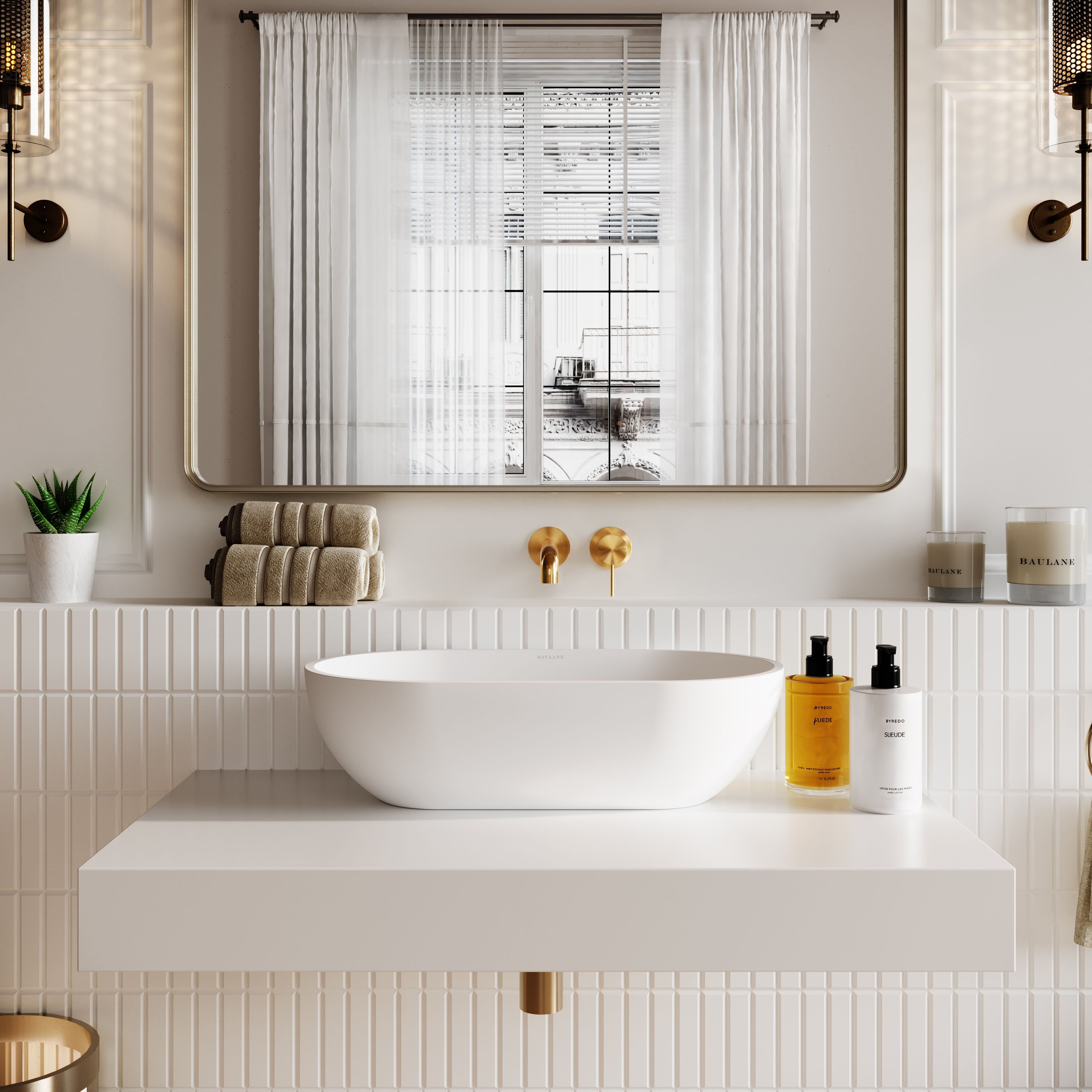



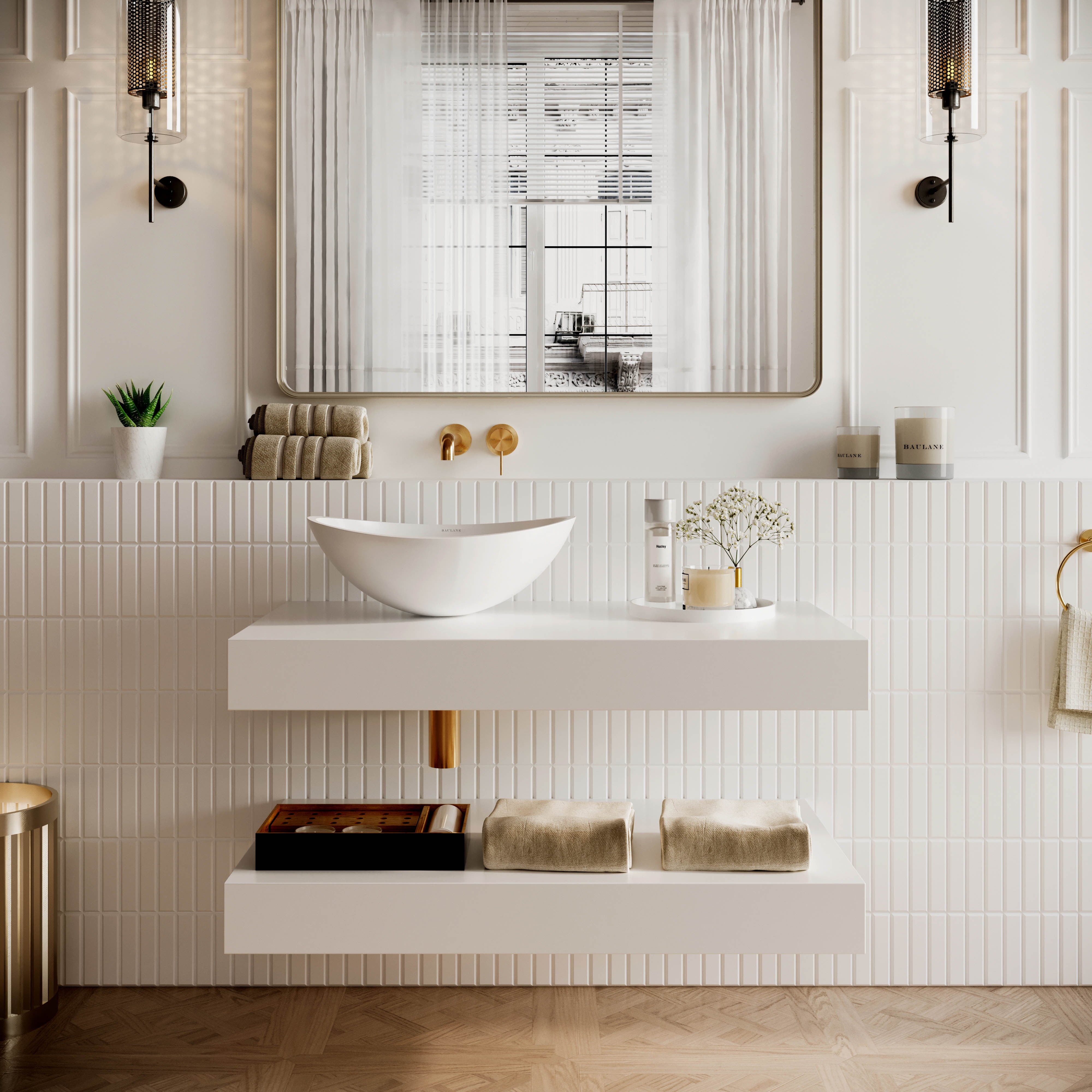

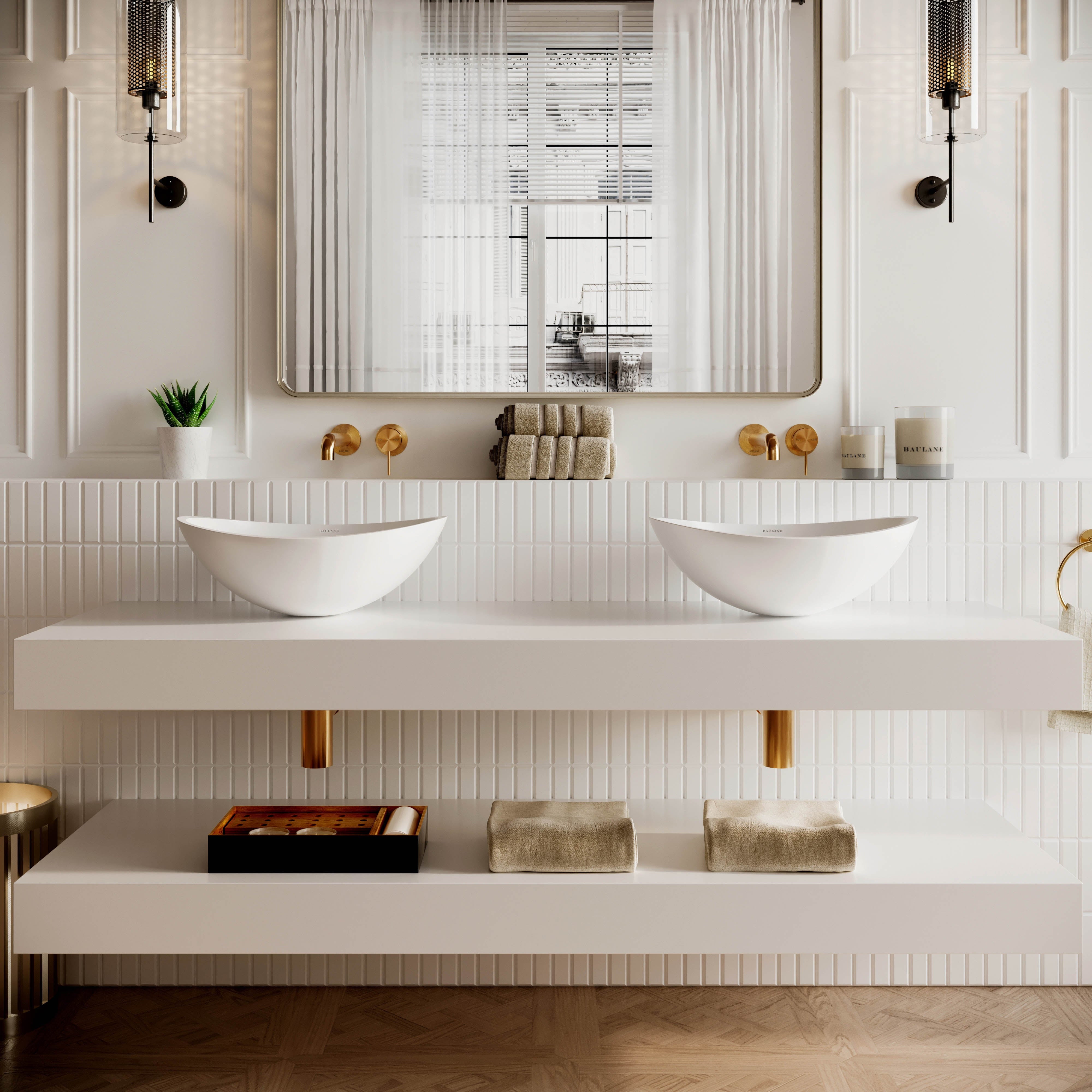
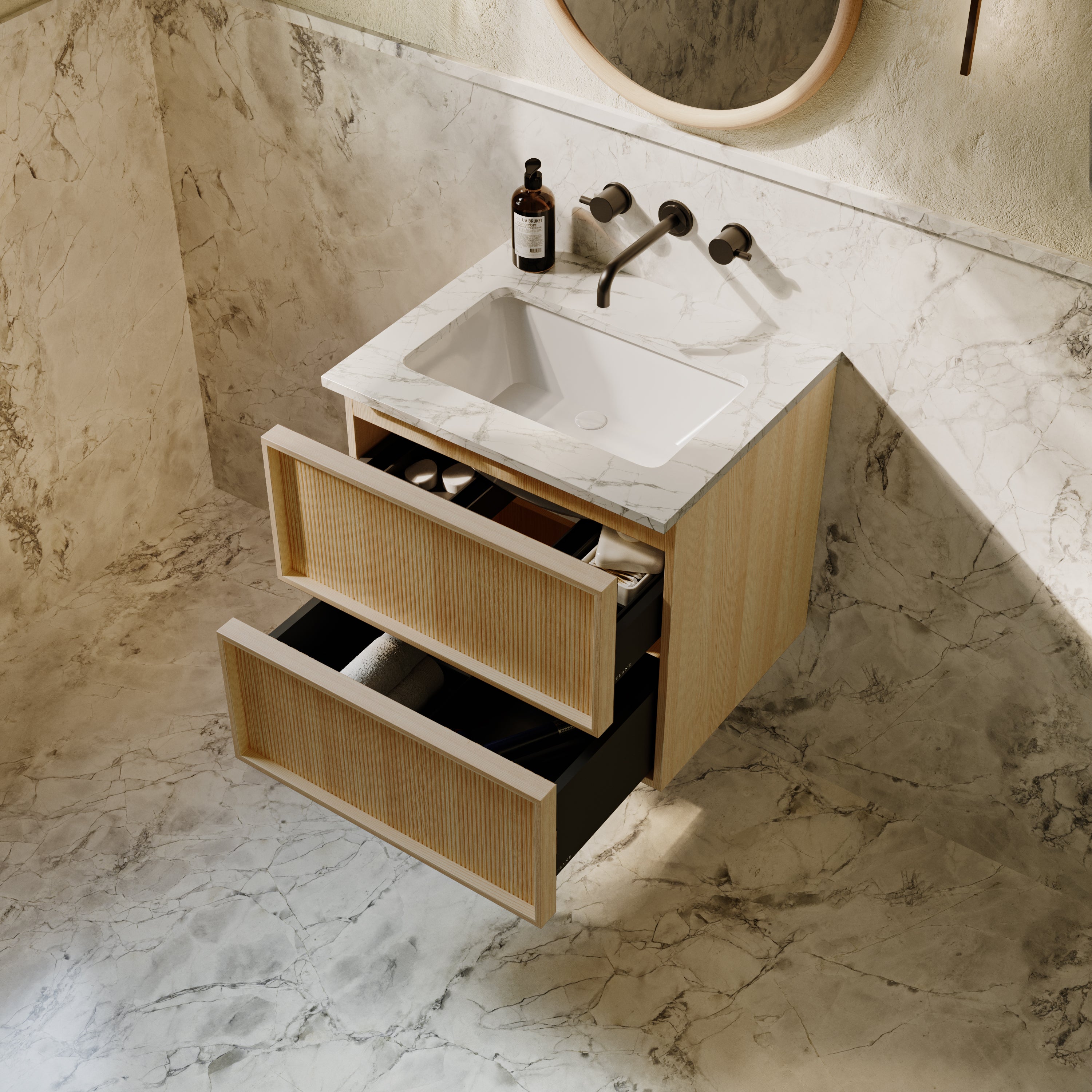
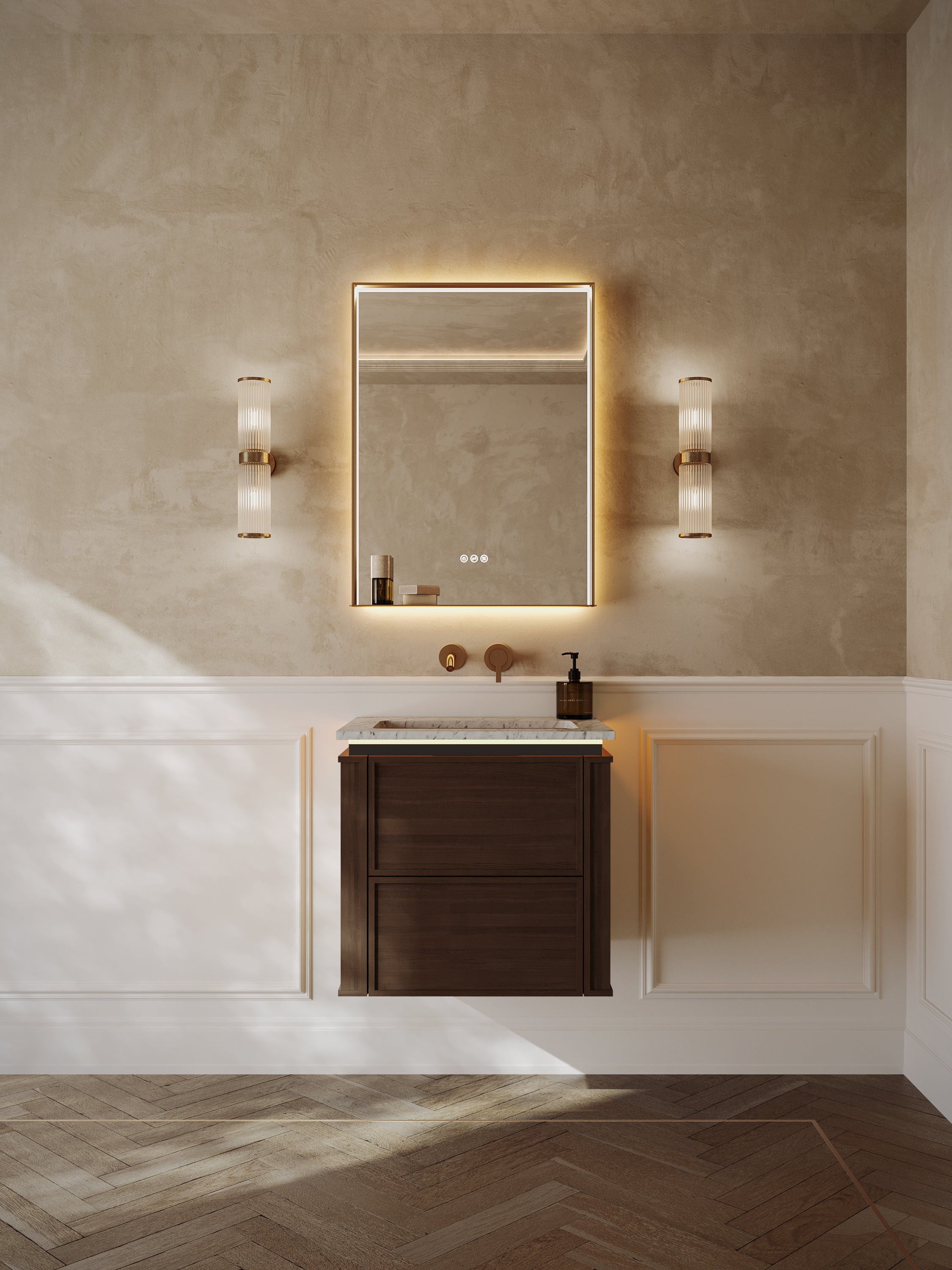
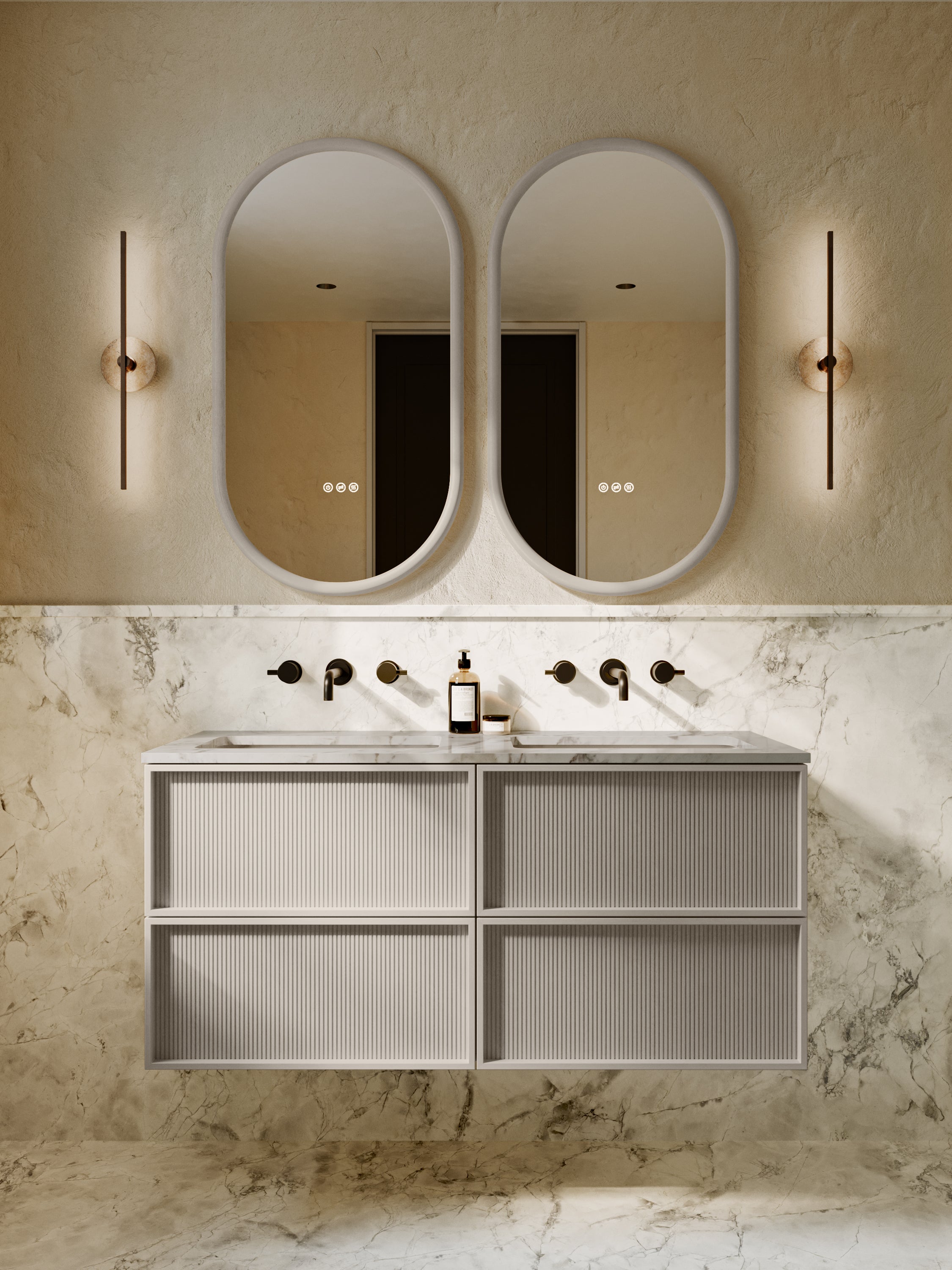


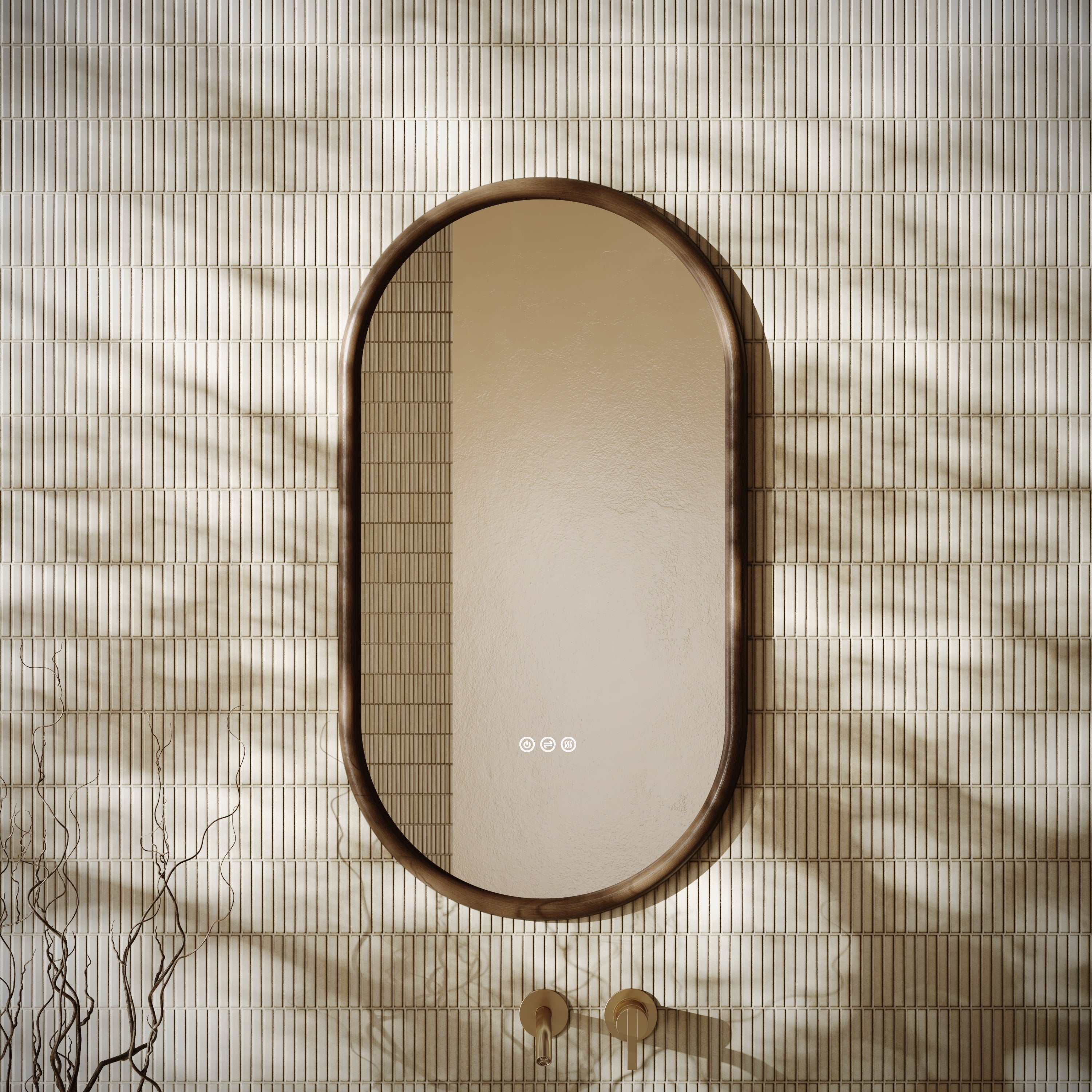
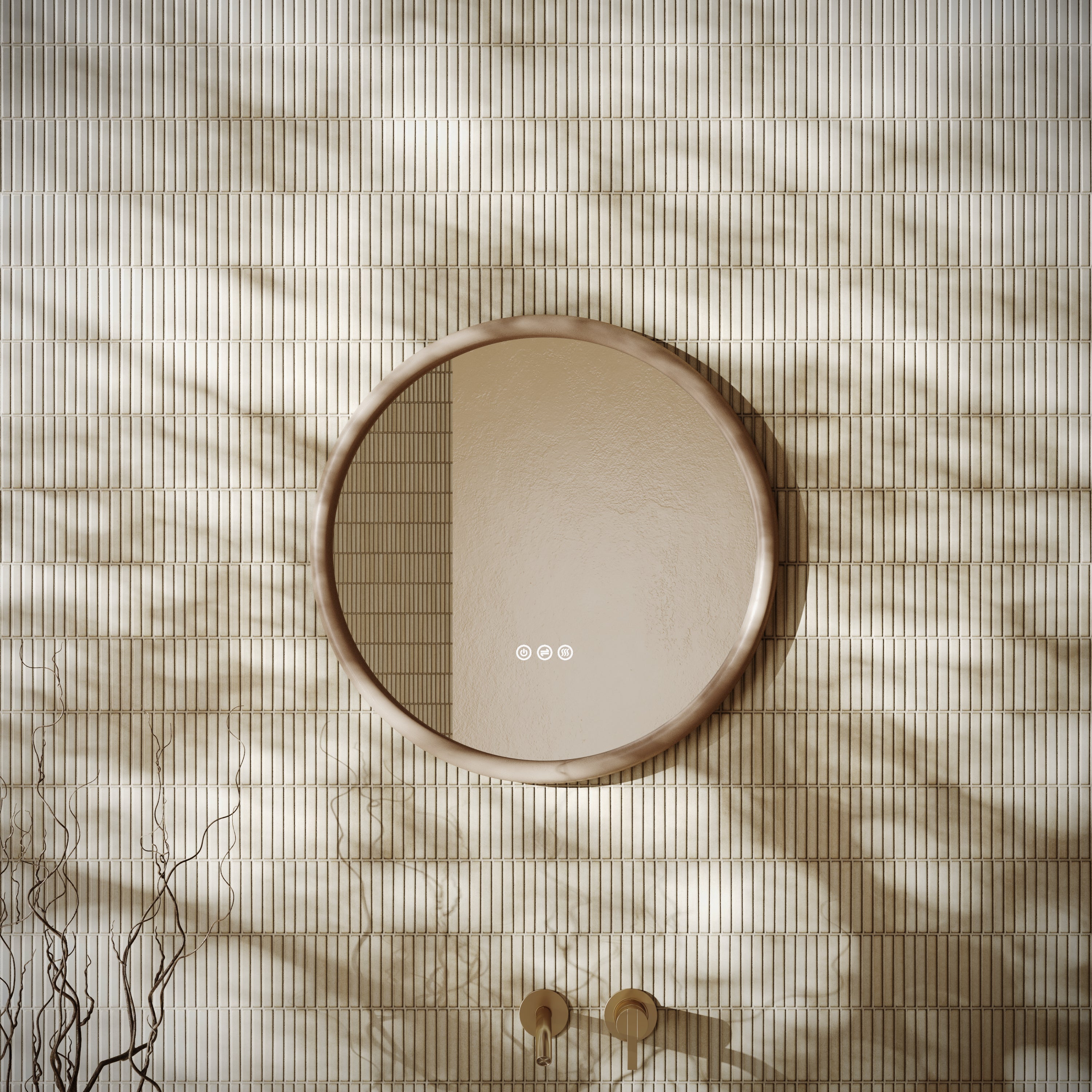
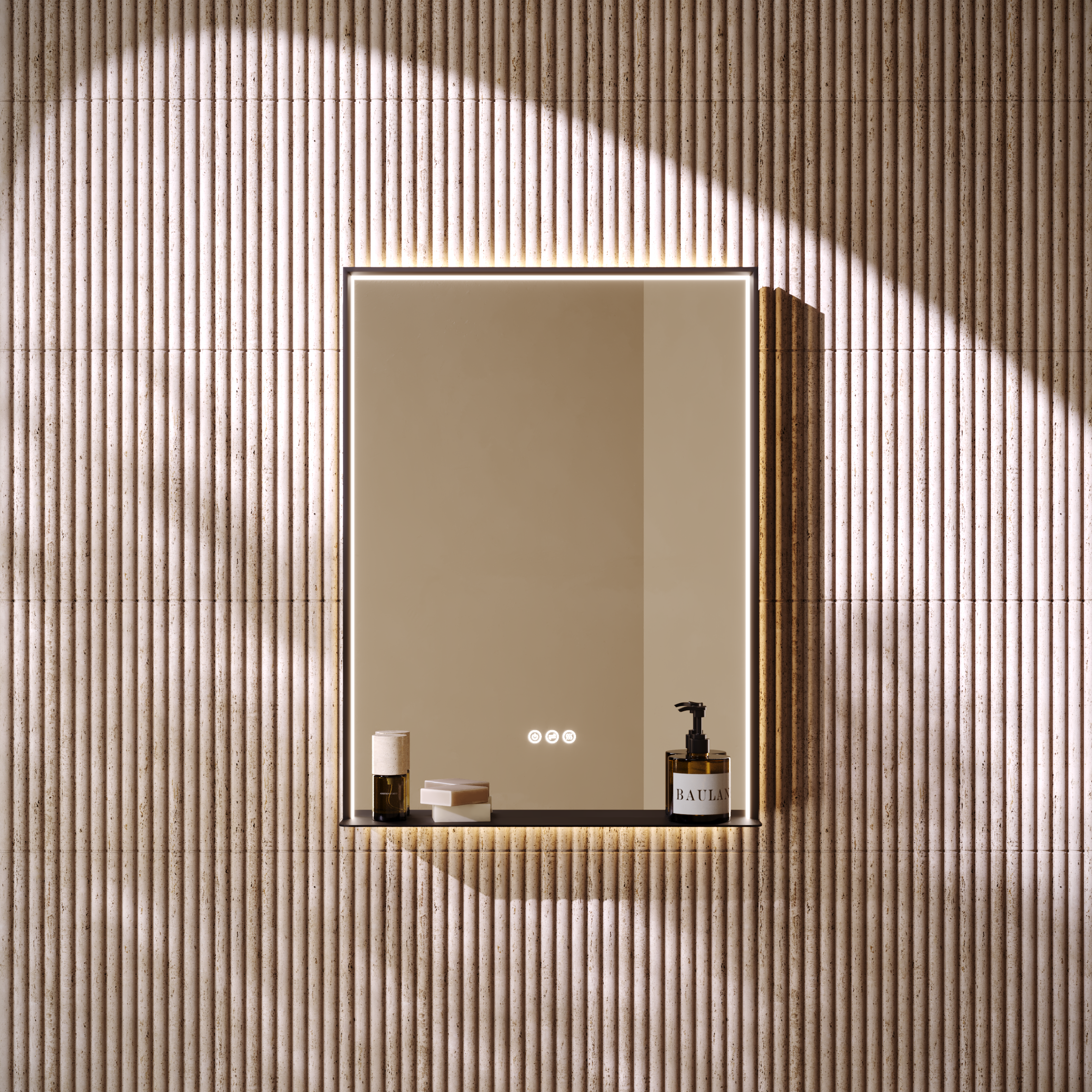
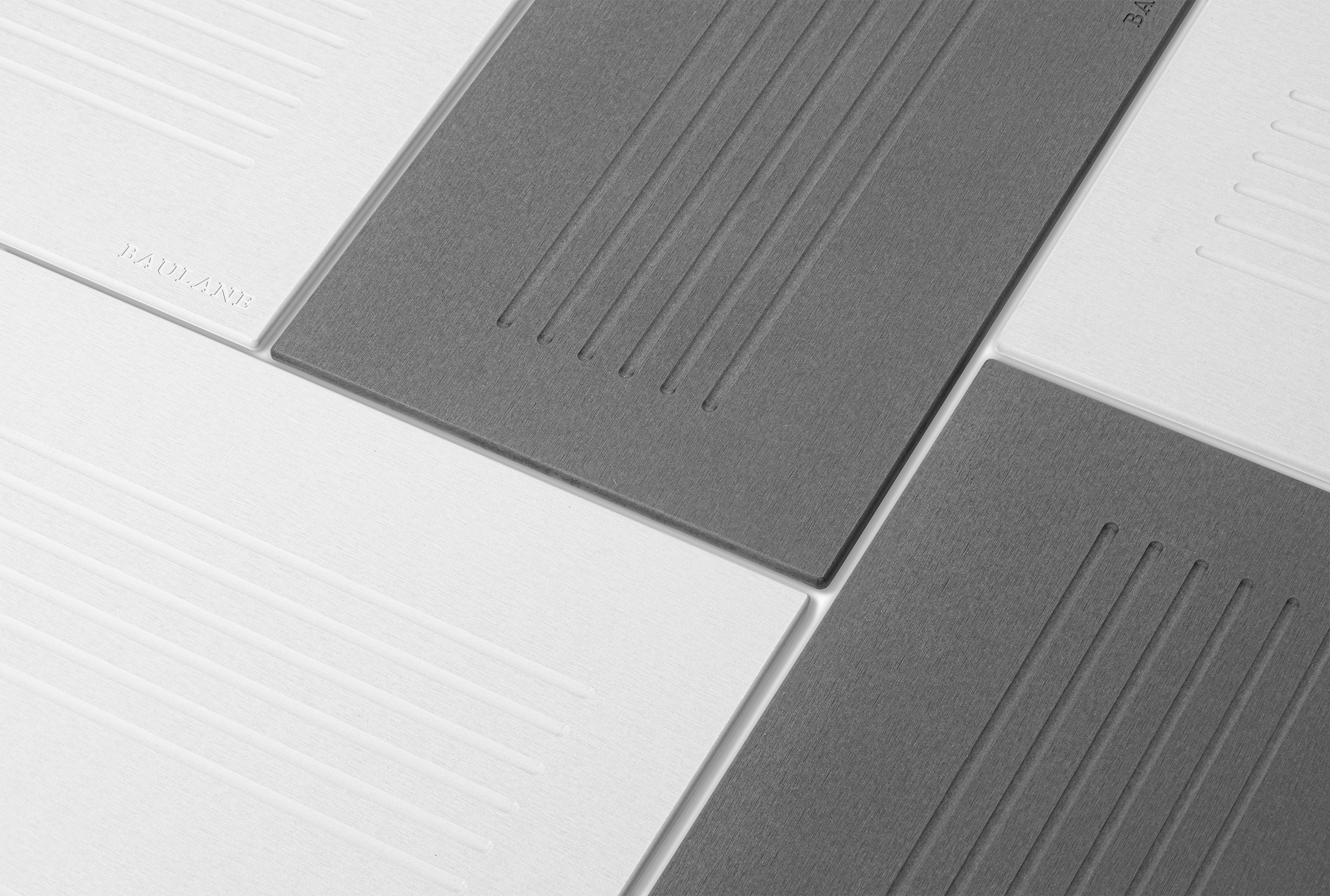
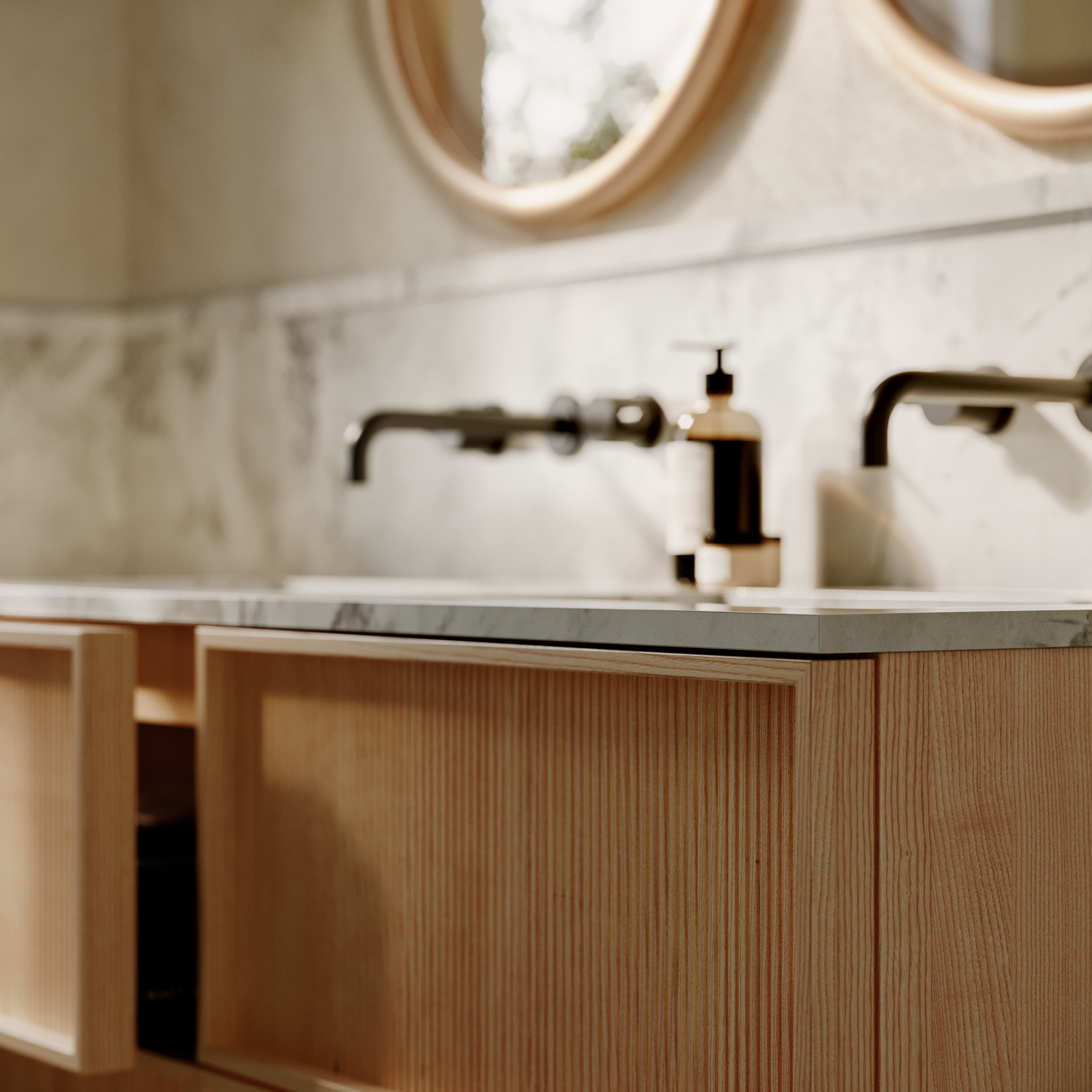
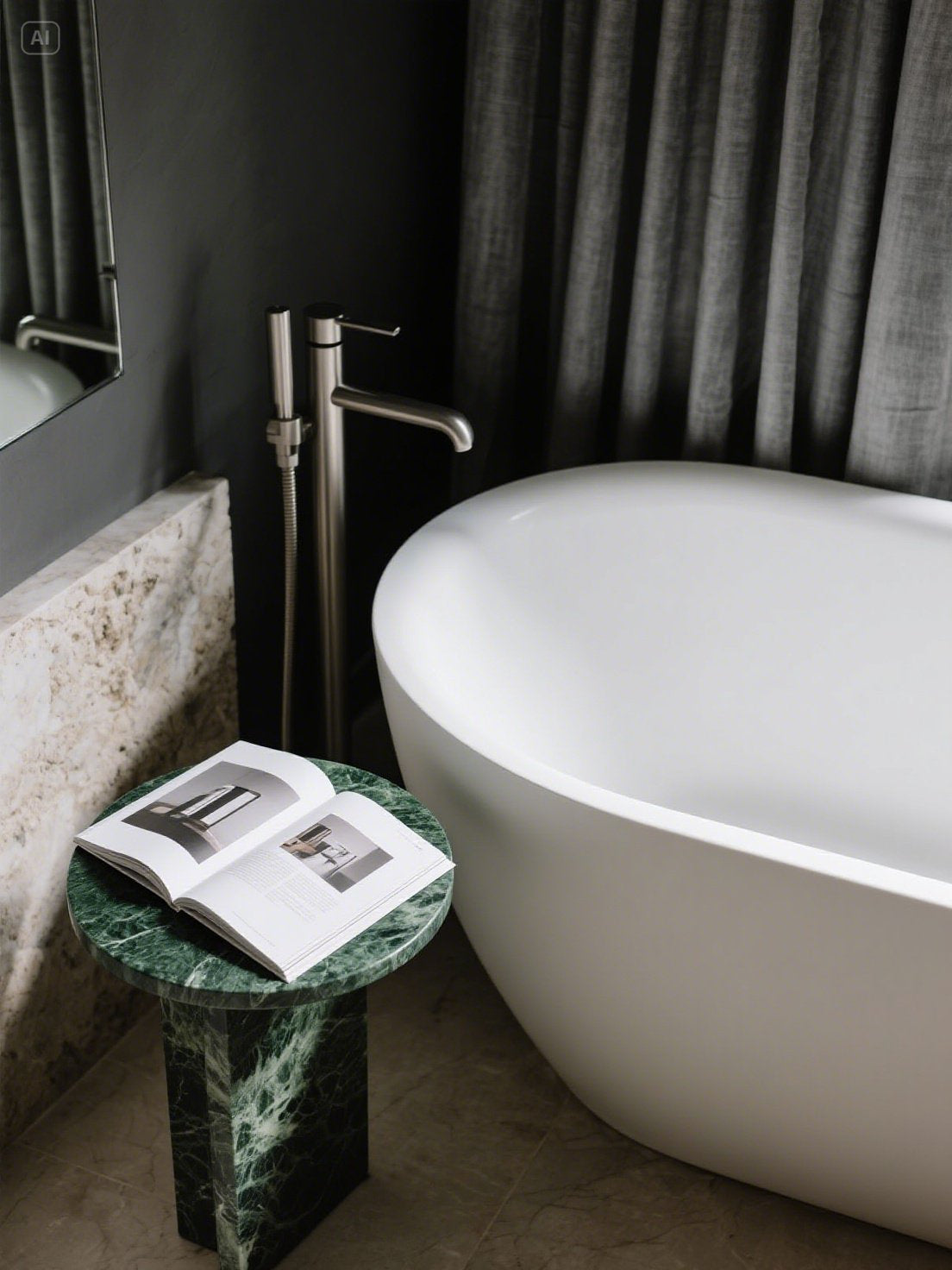


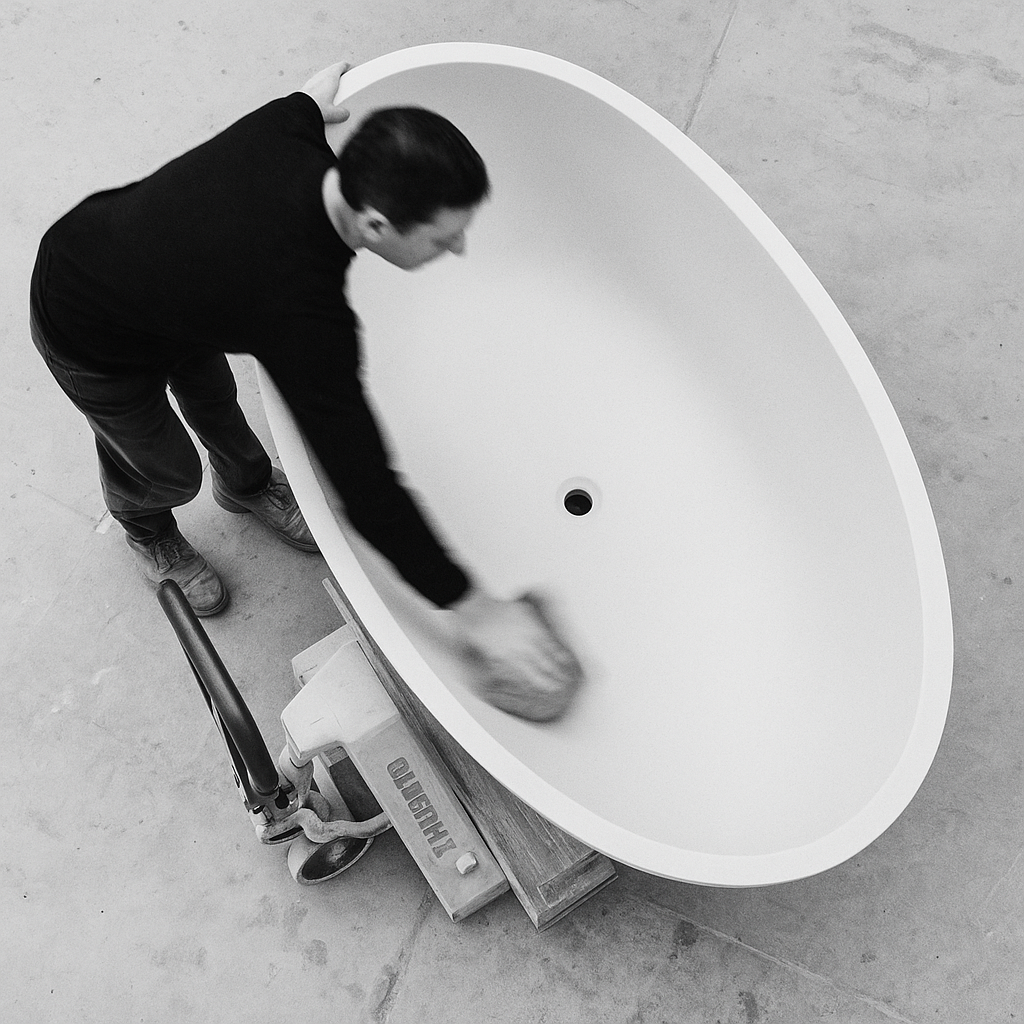

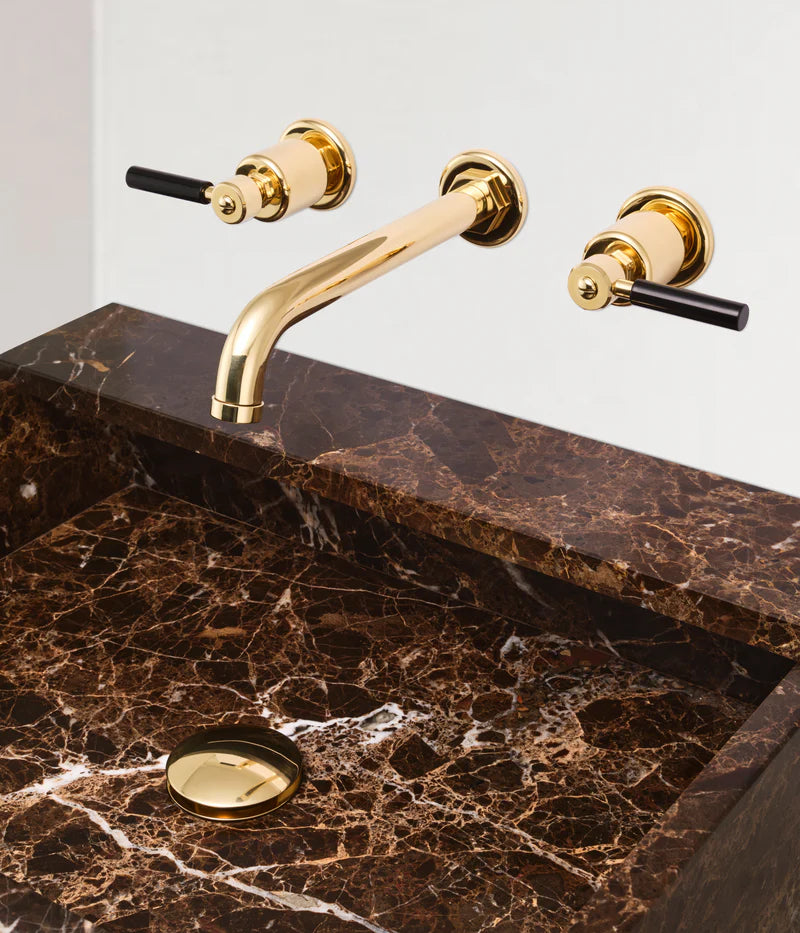
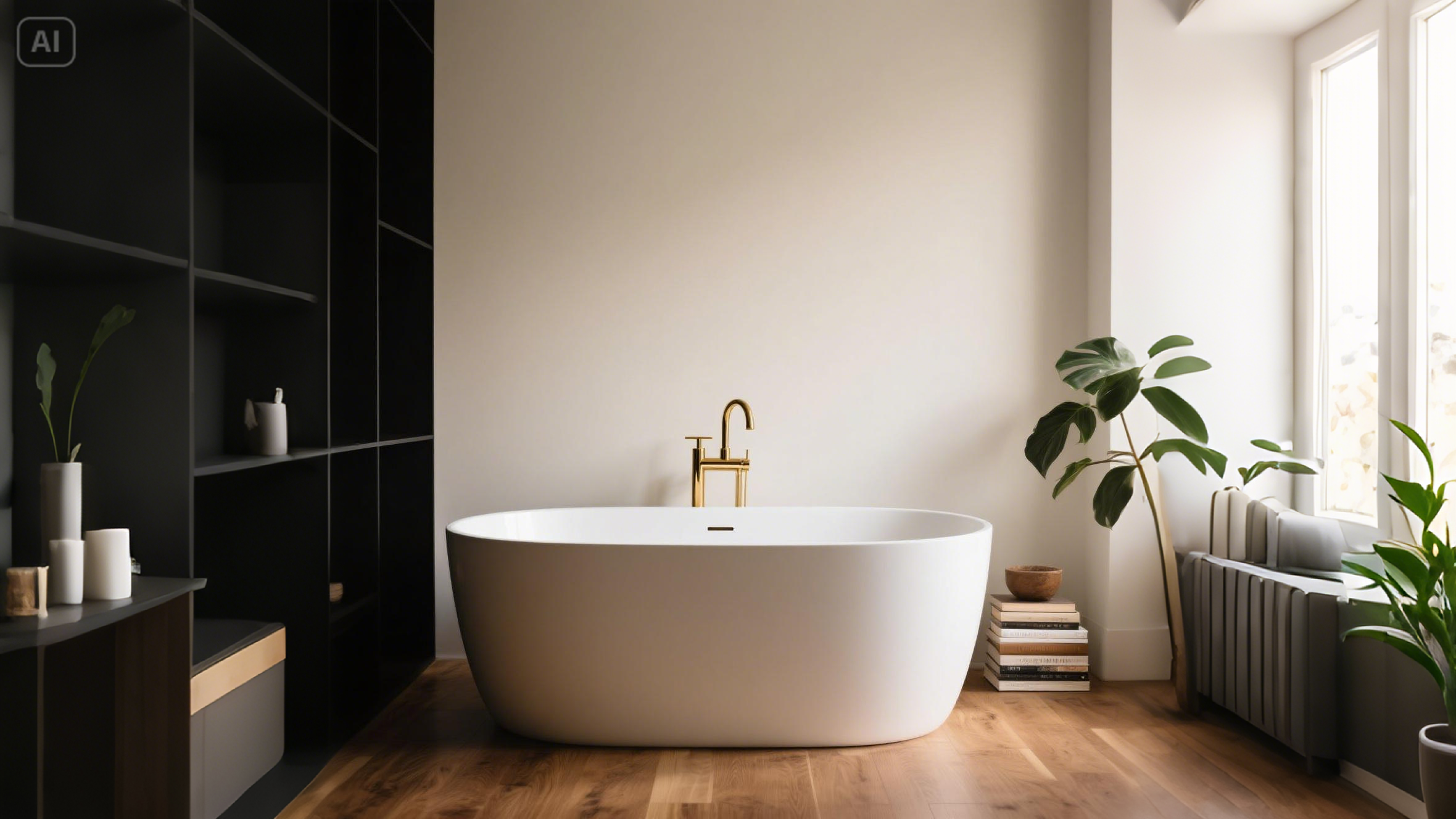






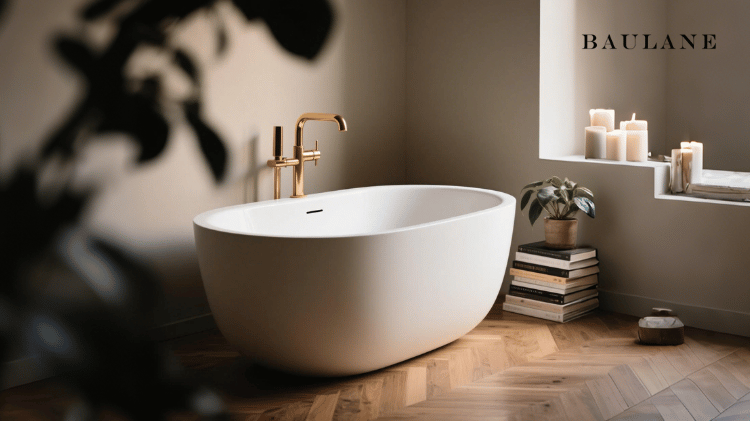
Leave a comment
All comments are moderated before being published.
This site is protected by hCaptcha and the hCaptcha Privacy Policy and Terms of Service apply.